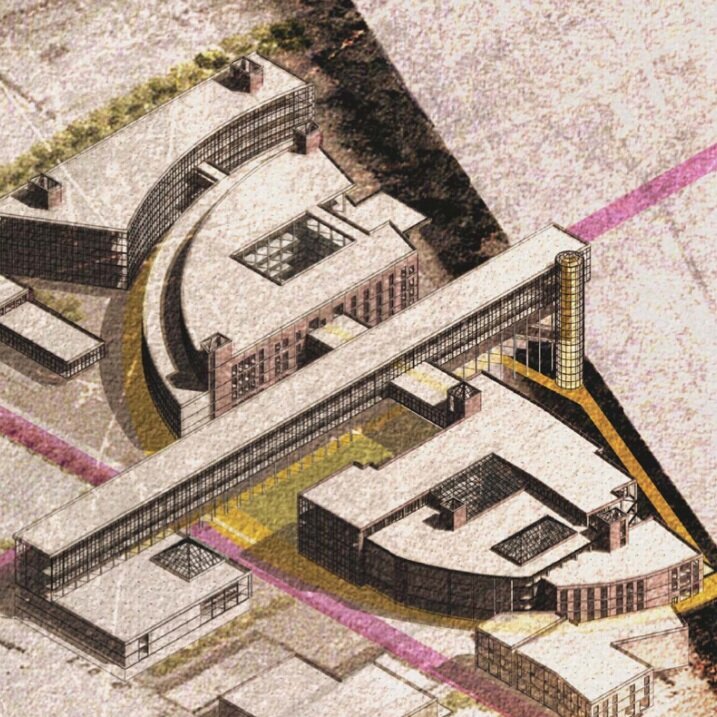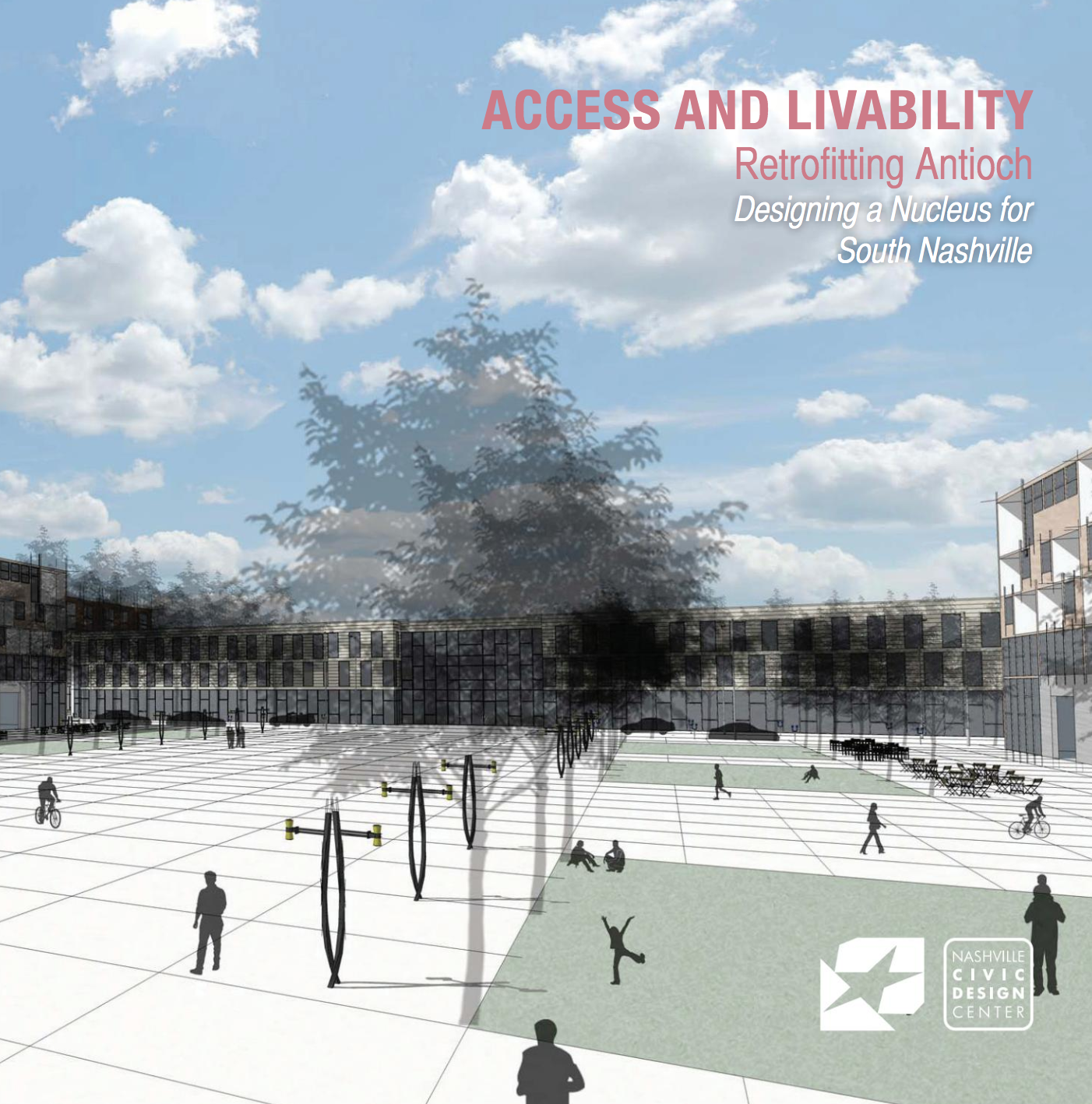Explore the Blog
Publication: The Charlotte Avenue Healthy Corridor
Presenting a 20-year vision for high density, mixed-use, transit-oriented development (TOD) that incorporates principles and best practices for a comprehensive health and wellness corridor
Music City Bikeways
Publication: A New East Bank Neighborhood in Nashville
University Tennessee Knoxville Design students explore a holistic design plan for envisioning new land uses of the Cumberland River's East Bank
Publication: The Neuhoff Cultural Campus
A look at the UTK College of Architecture 2016 Summer Studio's project focusing on envisioning the Neuhoff Campus in East Germantown.
Publication: Placemaking Challenges + Opportunities in Metro Nashville
Reimagining and reinventing public spaces as the heart of every community
Publication: Nashville's Boathouse, Connecting Community to the Cumberland
Establishing a focal point, an object of recreation, community, and sport through a community boathouse would enhance the experience on and along the Cumberland River in Nashville
Publication: Accessing our Streets
Improving the convenience and safety of walking, cycling, and using public transit in a shared road space
Access and Livability, The Missing Middle—Retrofitting the Centers and Corridors of Nashville
Missing Middle housing types include duplexes, triplexes and fourplexes, bungalows courts, townhouses, live/work, and courtyard apartments. In addition to providing more affordability, these housing types fit into the growing demand for walkable, urban living.
Access and Livability—Neighborhood Infill Strategies, Developing Davidson County
Georgia Tech University and the University of Tennessee students develop conceptual case studies for redevelopment across twelve underperforming suburban sites within Davidson County
Access and Livability: Transit-Oriented Development, The Franklin Corridor
University of Tennessee Knoxville Design students explore Transit-Oriented Development in Nashville neighborhoods to promote accessibility and affordability
Access and Livability: Retrofitting Antioch, Designing a Nucleus for South Nashville
Re-envisioning the former Hickory Hollow Mall as a location for a mixed-use residential, retail, and transportation center will make Antioch a more coveted place to live.
Concepts for a Centennial Park Visitor Center
University of Tennessee College of Architecture and Design student concepts for a visitor center at Centennial Park.
Reclaiming Public Space—Banker's Alley
The goal of revitalizing Banker’s Alley is to highlight underutilized urban spaces and routes using interventions that emphasize social interconnectedness, cultural identity, and efficient transportation, while connecting locals and tourists.
New Schools for Downtown Nashville
Access and Livability—Transit Village Planning and Design, Trinity Lane
Communicating the role of transit-oriented development, evaluating successful transit-ready development precedents and charting Nashville’s progress on implementation
Access and Livability: Re-establishing Urban Fabric: Spaghetti Junction
Publication: Reclaiming Public Space in Downtown Nashville
Envisioning public spaces that can support a more active lifestyle
Publication: Urban Infill Concepts—Along Nashville's East-West Connector Corridor
Encouraging a greater mixture of residential, retail, and employment opportunities and integrating of health-conscience land uses through urban infill development
Publication: Transit-Oriented Development for Nashville—Learning from Europe
A popular movement in the past decade has been to implement transit oriented development in city planning. Transit-oriented development, or TOD, is nationally characterized as mixed-use development located within a 2,000 feet diameter from a mass transit center.
Publication: Reconnecting Nashville’s Downtown and Midtown—Capping the Interstate
The distinct nature of Nashville’s Interstate Loop as a corridor around the city has created a fissure in the topography of Nashville. Both the downtown and midtown districts are divided by the Interstate canyon. It is a significant urban fissure, in that it is a transitional zone where commuters and travelers arrive and depart the city.









